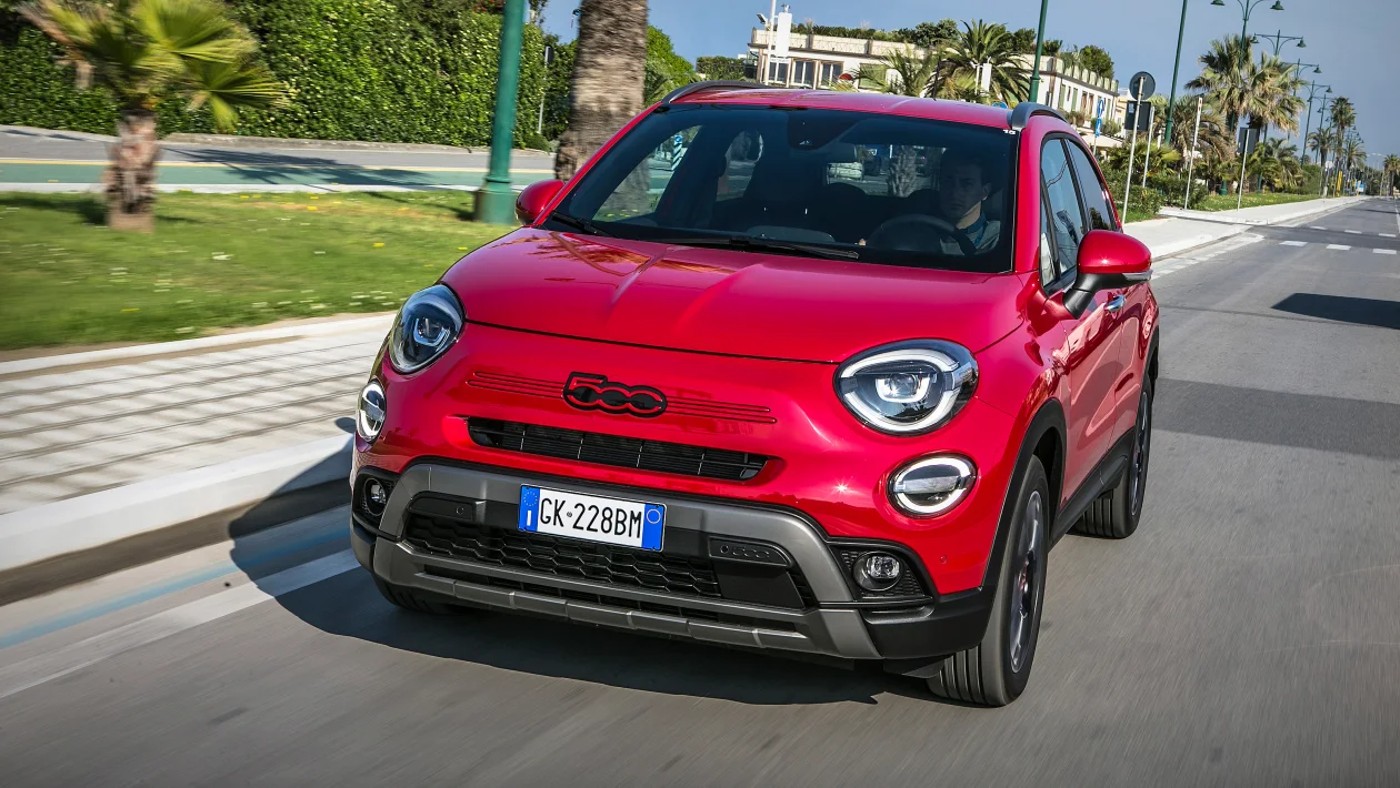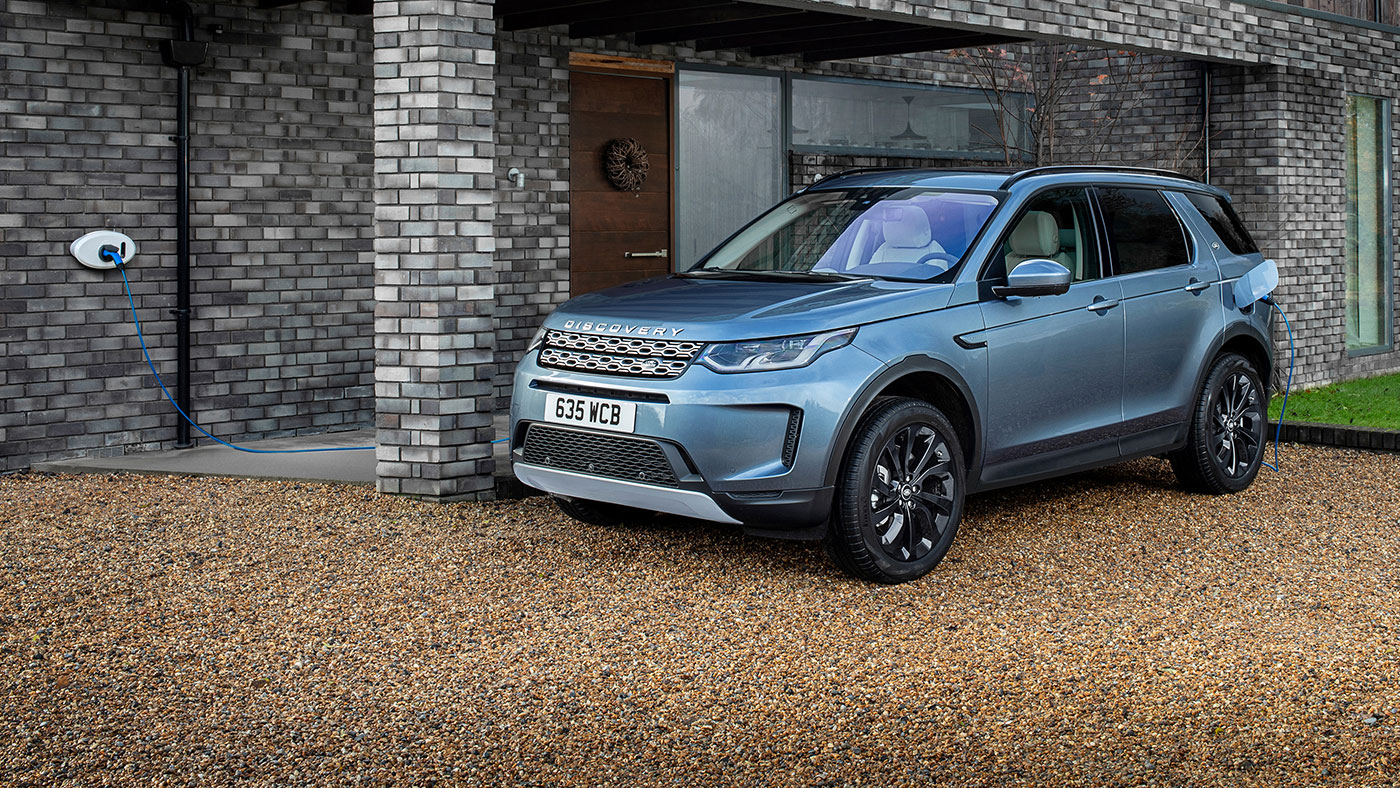Reference and reverence: Heritage in automotive design
We worship the concept of heritage, especially in motoring, but, asks Stephen Bayley, what is it exactly? And does it stifle creativity?

Look at the Land Rover DC100 concept and you can see nearly 70 years of design heritage. Though glittery and modern, it is recognisably derived from the ancient Series I that the then-chairman of the Rover Company, Maurice Wilks, first drew in the sand of an Anglesey beach in 1948.
But what exactly is heritage? This is a short but not simple question. An easy answer: heritage is the sum total of what’s worthwhile from the past. And the texture of that sum total is very diverse: TS Eliot said its composition was so varied that boiled cabbage and 19th-century Gothic cathedrals might both be included. If he’d been writing today, he’d have said Neapolitan-style pizza and a Nissan Qashqai (like Land Rover, two favourite, if foreign-flavoured, British products.

But our judgement about what’s worthwhile is compromised by a phenomenon known as survival bias. Evidence is corrupted by frivolous taste and serious logical error. This means heritage is only ever a poorly cropped and slightly blurred picture of history: we preserve only what we like. Heritage is really the here and now. The past was in fact rather different. Or was it?
The Week
Escape your echo chamber. Get the facts behind the news, plus analysis from multiple perspectives.

Sign up for The Week's Free Newsletters
From our morning news briefing to a weekly Good News Newsletter, get the best of The Week delivered directly to your inbox.
From our morning news briefing to a weekly Good News Newsletter, get the best of The Week delivered directly to your inbox.
This mind-warping exercise in fallacy gets stranger still when you consider ‘design heritage’. Notions of change and permanence are in continuous competition for the designer’s attention. At the same time, designers hold hilariously opposing beliefs: first, that they have the responsibility (and sometimes the talent) to change things and, second, a belief that their own work has permanent validity. Or put it this way: should we pass it on or make it up? Do we invent the new or learn to live with the past?
This question of tradition or innovation bothers culture, as well as the motor trade. The most profound example: the antique gods of Greece and Rome never really died – they were just re-designed and re-wardrobed for Christianity. And, in architecture, was it a question of Gothic Revival or Gothic Survival? Has the pointed arch ever gone away? Or take what we patronisingly call ‘primitive’ societies – by which is meant societies without cathedrals or Land Rovers: they believe in the myth of the perpetual return, that is, that history is not linear, but circular, and we always come back to where we started. Progress is a delusion.
For advanced students of the heritage paradox, car designers provide rich research material. Land Rover’s designer is a twinkly-eyed and spiffily dressed Brummie Irishman called Gerry McGovern. One of his projects was the Evoque – a masterpiece of industrial design that is uncompromisingly of the moment, but also has details, cues and proportions that readily evoke (get it?) the 1970 Range Rover. McGovern can list them for you: a clam-shell bonnet with castellations at its corners, round lights, prominent creases, a floating roof above an airy glass-house, commanding posture.
So concerned are car designers about heritage that, with a Magic Marker determinedly clenched in their jaws, they dutifully speak of ‘DNA’, even if few of them are fully tutored in the arcana of genetics. DNA contains the instructions passed on from one generation of humans to the next. Significantly, it reproduces itself. It is this unstoppable hereditary material that gives people their personalities – and certain cars a special sense of settled gravity.
A free daily email with the biggest news stories of the day – and the best features from TheWeek.com
In a turbulent age, it is key that two of the most successful cars of the 21st century artfully ape their ancestors: while technically utterly distinct, both the Mini and Fiat Cinquecento cleverly suggest originals from 1957 and 1959 in a kind of homage to the security of history. But this sort of heritage has a business value beyond the numberless calculations of nostalgia. Any new Porsche looks almost indistinguishable from its predecessor; truly, only experts can tell. But this powerfully – and arrogantly – suggests the original design was so nearly perfect that only subtle refinements are ever possible. In this way, the consumer is flattered that he is not so much buying a car as contributing to a tradition and investing in heritage. For this noble privilege, he cheerfully pays a premium.
Philosophers as well as geneticists and car designers have their say on heritage traffic. At about the time the original Mini and Cinquecento appeared, Gilbert Simondon wrote: ‘Artefacts evolve using themselves as the point of departure: they contain the conditions for their own development.’ That’s both beautiful and true. It confirms what designers have always known: that objects have life, of sorts.
You can check this on an iPhone. Sir Jonathan Ive’s astonishing campaign for Apple is the ultimate in modern design. But Ive readily acknowledges that his inspiration is the disciplined, systematic, geometrically pure designs Dieter Rams made for Braun in the Fifties and Sixties. Nothing, perhaps, is ever truly new, but rather just a repetition, an echo or a reflection of the past. Looking back to find the future? In matters of design, heritage is stylishly paradoxical.
Stephen Bayley is an author and broadcaster of whom Tom Wolfe said, 'I don't know anybody with more interesting observations about style, taste and contemporary design.' stephenbayley.com
-
 Constitutional rights are at the center of FBI agents’ lawsuit
Constitutional rights are at the center of FBI agents’ lawsuitIn the Spotlight The agents were photographed kneeling during a racial justice protest
-
 $1M ‘Trump Gold Card’ goes live amid travel rule furor
$1M ‘Trump Gold Card’ goes live amid travel rule furorSpeed Read The new gold card visa offers an expedited path to citizenship in exchange for $1 million
-
 US seizes oil tanker off Venezuela
US seizes oil tanker off VenezuelaSpeed Read The seizure was a significant escalation in the pressure campaign against Venezuelan President Nicolás Maduro
-
 Land Rover's Defender Octa: 'an unexpected thrill to drive'
Land Rover's Defender Octa: 'an unexpected thrill to drive'The Week Recommends The Octa makes the regular Defender look 'a touch meek'
-
 Fiat 500X Hybrid review: what the car critics say
Fiat 500X Hybrid review: what the car critics sayfeature Fiat has given the 500X an injection of battery power
-
 Land Rover Discovery Sport: much-loved off-roader goes green
Land Rover Discovery Sport: much-loved off-roader goes greenSpeed Read This new hybrid version is highly energy-efficient while remaining a joy to drive
-
 The Last Overland: the mother of all road trips
The Last Overland: the mother of all road tripsThe Week Recommends Overland from Singapore to London, in a 1950s motoring icon
-
 Land Rover Adventure Moab: navigating Hell’s Revenge
Land Rover Adventure Moab: navigating Hell’s RevengeThe Week Recommends Fergus Scholes gets behind the wheel on Land Rover’s Adventure Travel Moab experience for an exhilarating off-road driving holiday
-
 PSA FCA: Peugeot owner and Fiat Chrysler approve merger
PSA FCA: Peugeot owner and Fiat Chrysler approve mergerIn Depth Conglomerate will be the fourth largest in the world but some fear it may come at the expense of British workers
-
 Land Rover Defender SVR 2021: design rumours, plus engine specs and release
Land Rover Defender SVR 2021: design rumours, plus engine specs and releaseIn Depth British marque is already working on a hot version of its reborn off-roader
-
Range Rover EV 2022: design, battery range and release
In Depth Land Rover’s first electric car will be the marque’s ‘most road-focused model yet’